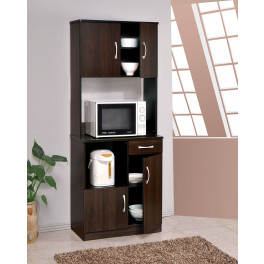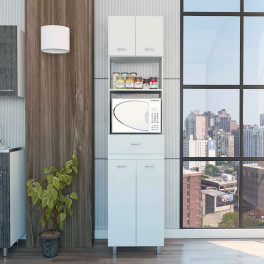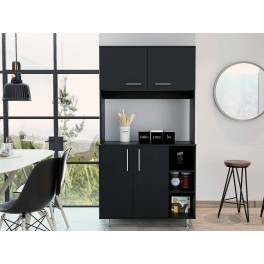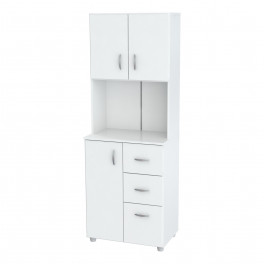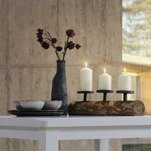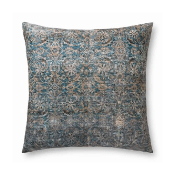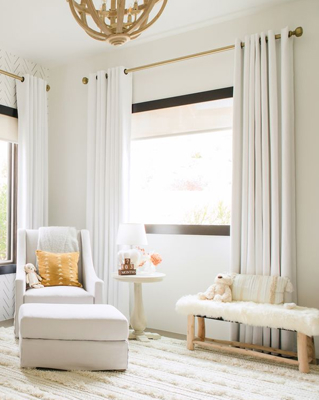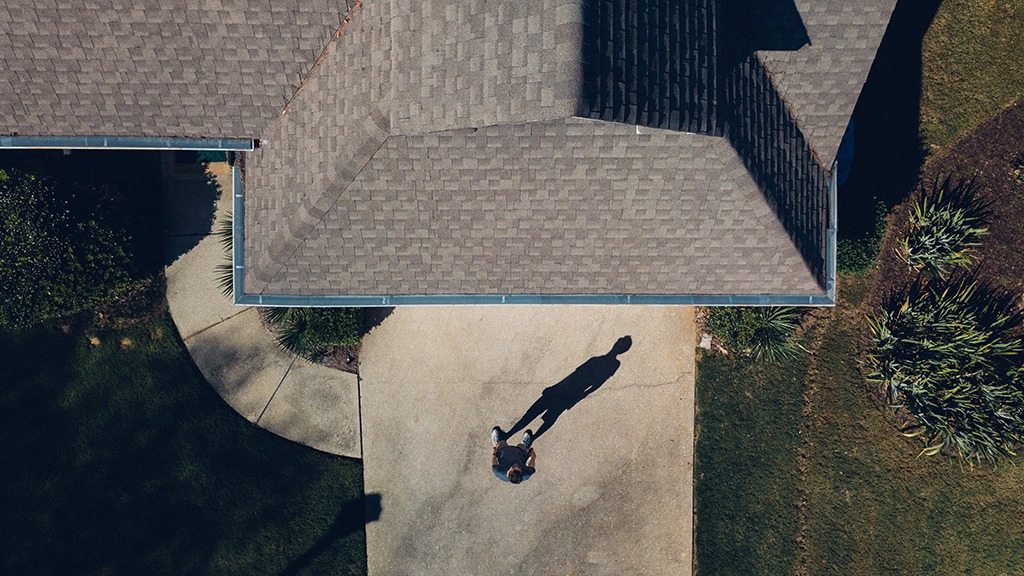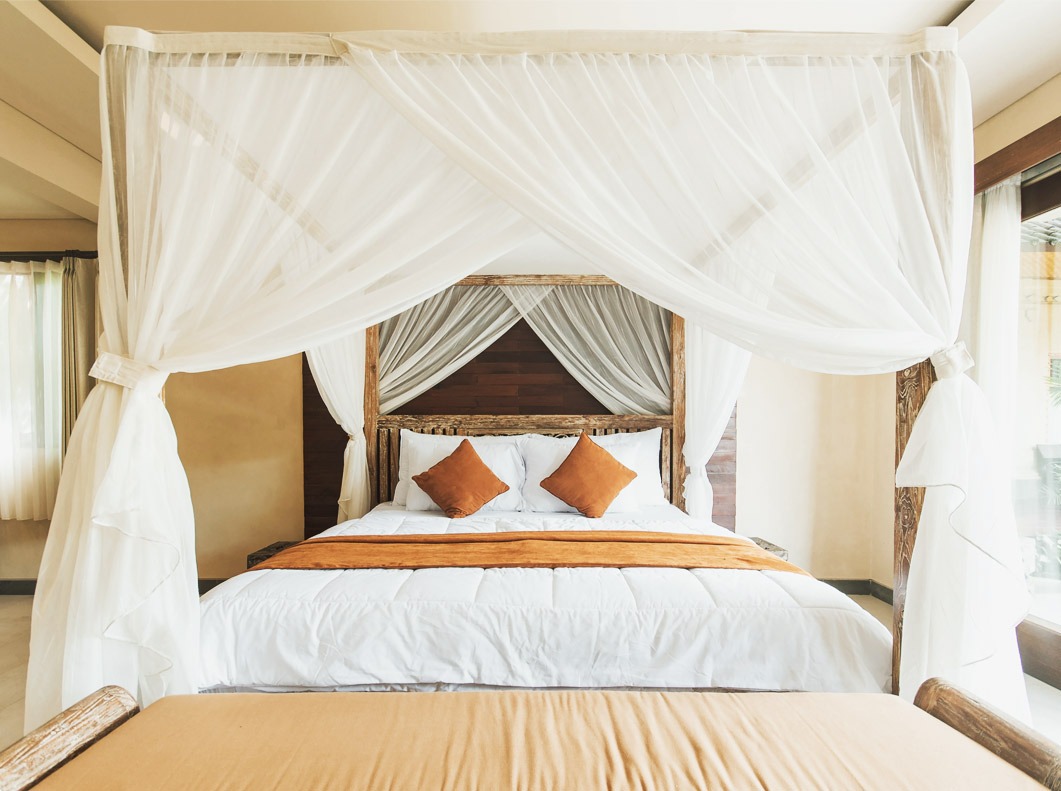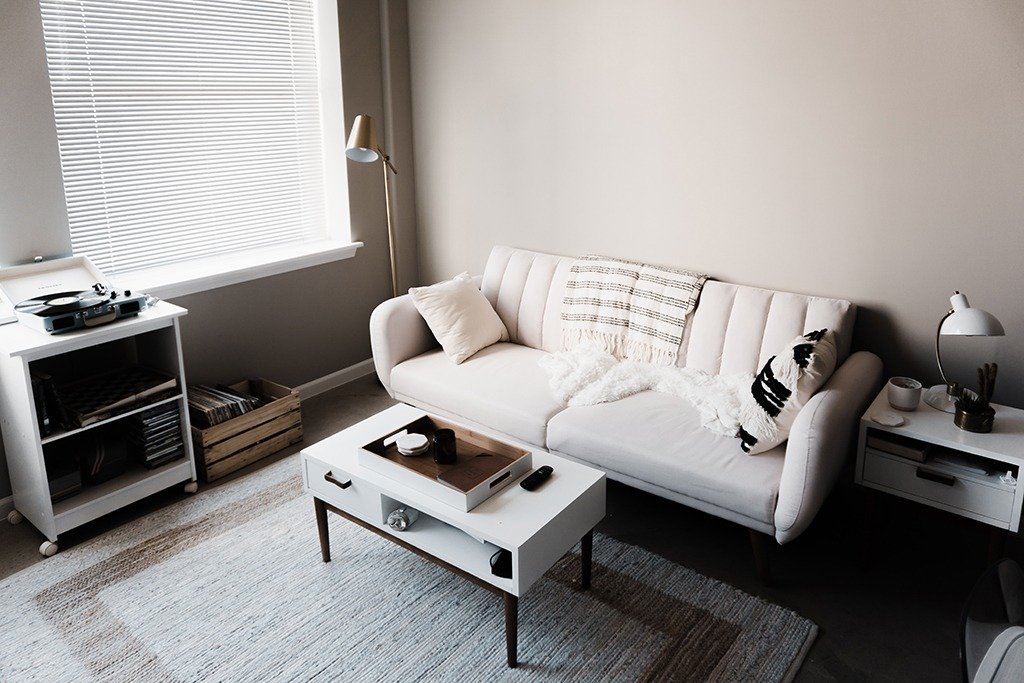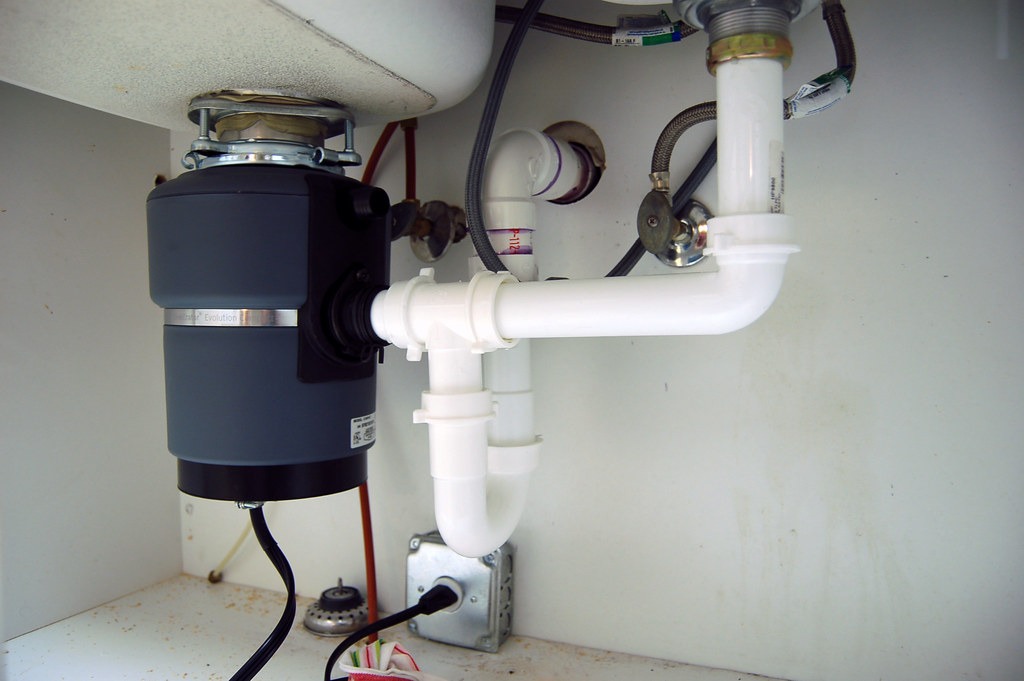Planning a kitchen remodel? Aspiring to become a better chef? Tired of not being able to host a proper Thanksgiving thanks to not enough oven space? Whatever your reason for wanting to buy a new oven or range (an oven/stove combo), there are plenty of things to think about once you’ve decided to replace your oven. What type of home chef are you? How much oven capacity do you need? And, of course, what is your budget?
This quick oven buying guide will walk you through these important questions and a few more. So, go ahead and grab your favorite beverage, sit back, and get ready to become an oven aficionado.
Gas vs. Electric
The difference between gas and electric is more noticeable on the stovetop than the oven (though a gas-powered oven does tend to preheat faster), so this decision depends more on your burner preference—gas burners are more responsive and can give you more control while electric burners are more efficient and easier to clean.
You’ll also want to check to see if you have a gas line readily available. If not, it’ll be an extra cost if you decide to go gas.
Ovens and Ranges
Next up, do you want a wall oven or a range for your kitchen? With a range (an oven with burners atop it), you’ll find plenty of high-quality yet cost-effective options in either gas or electric. With a standard width of 30 inches, a range is also an easy-to-replace appliance if you’re not looking to do any extra remodeling.
If you decide to go the route of a wall oven (standard wall oven sizes include 24-inch, 27-inch, and 30-inch widths), you’re likely looking at a costlier project thanks to the extra cabinetry required to install a wall oven. Plus, you’ll want a separate cooktop either on a counter or island, which could also require extra work.

Photo by Elena Elisseeva on Shutterstock
So why even consider a wall oven? Because separating stovetop from oven is one way to cut down on congestion in a crowded kitchen, and a wall oven doesn’t require having to bend down every time you want to put in/check on/take out something. Depending on budget, space, kitchen design, and how many people you’re cooking for, one type of oven may fit your needs better than the other.
Oven Sizes Guide
Although ovens often have standard widths, they can vary tremendously in terms of capacity, or what it can hold in its interior. Ovens can look deceptively large on the outside while really not having much space inside.
How to Measure A Stove Size?
Most models will tell you what the gross or total oven capacity is, but that’s very different from the usable oven capacity. To figure out usable capacity, grab a tape measure and keep reading. Here’s how to measure stove size in cubic feet
- With the oven rack in its lowest position, measure the oven height from the top of the rack to the top of the oven’s interior.
- Measure oven width between the inner edges of the oven’s rack support (not the walls).
- Measure oven depth from the back wall to the front, accounting for how far the oven door sticks into the interior.
- Multiply height, width, and depth to get cubic inches of usable capacity. Dividing by 1,728 will give you this number in cubic feet.
How much oven capacity do you need?
The standard oven capacity of a range oven is roughly 5 cubic feet while a standard wall oven tends to be smaller — around 3 cubic feet. If you usually cook for just one or two, an oven of 3 cubic feet should be fine. If you have a bigger family or tend to entertain a lot, you’ll probably appreciate an oven capacity of 5 cubic feet or more. And in case you’re wondering, Will a full sheet pan fit in a standard oven? Sadly, the answer is no. With most standard ovens measuring 22 inches wide inside, they’ll fit a half-sheet (13-by-18 inches) at best.
So, what kind of wall oven is best for you?
If you’re leaning towards a wall oven, consider what kind of capacity you’re looking for. While a single wall oven may certainly work for you, if you need more cooking capacity, consider stacked double ovens or a wall oven/microwave combo.
Or, what type of range is best for you?
Freestanding Ranges
Finished on both sides as well as the front, this kind of range can go pretty much wherever. They tend to have a backsplash panel featuring oven controls.
Slide-In Ranges
These types of ovens slide into a designated space in your cabinetry and are meant to look built-in. They generally come without finished sides or a backsplash panel, with controls on the front of the range.

Photo by Dimasik_sh on Shutterstock
Double-Oven Ranges
For extra oven space, whether you go freestanding or slide-in, you can often opt for a double oven instead of a storage drawer at the bottom. Some single-oven ranges can also be divided into two compartments to allow for different temperatures when you bake.

Photo by rawmn on Shutterstock
Finally, What’s Your Budget?
At the end of the day, to really decide what kind of oven to get, you need to know your budget. As mentioned, wall ovens tend to run more than ranges, and you can probably figure out that a double range will run you more than a single range. If you want stainless steel finish and lots of bells and whistles, it starts to get pricey fast. Thinking about what kind of chef you’re (do you really need dual-fuel power?) and what oven capacity you need will help keep you in-budget.





